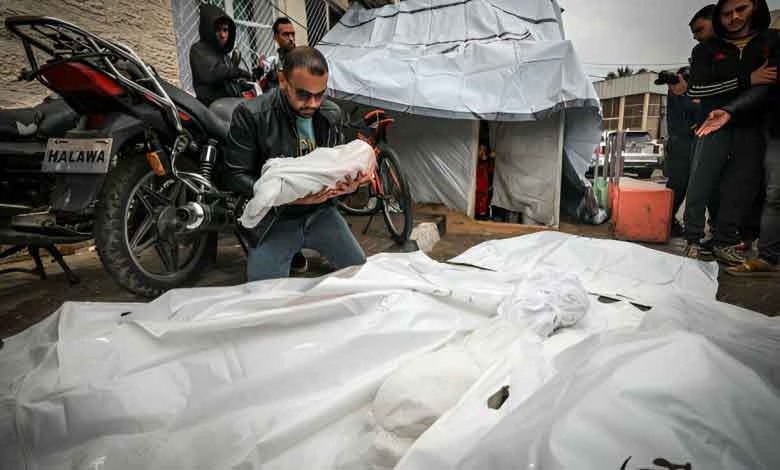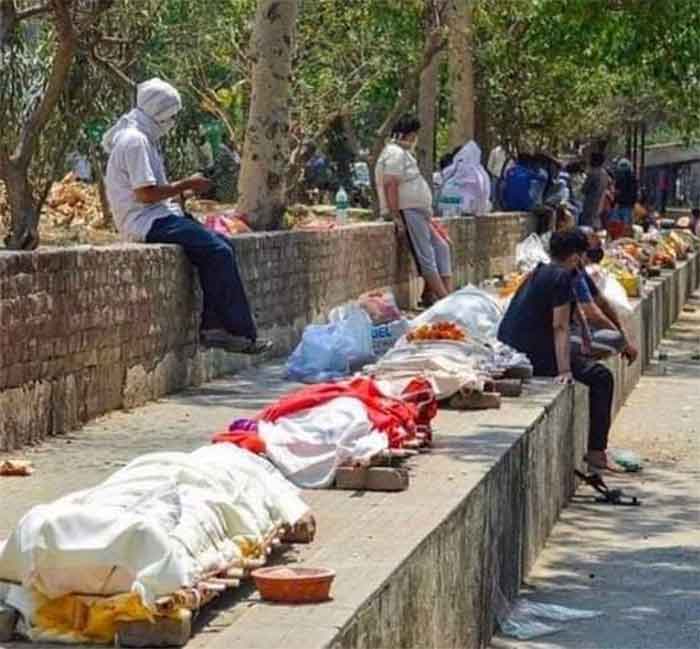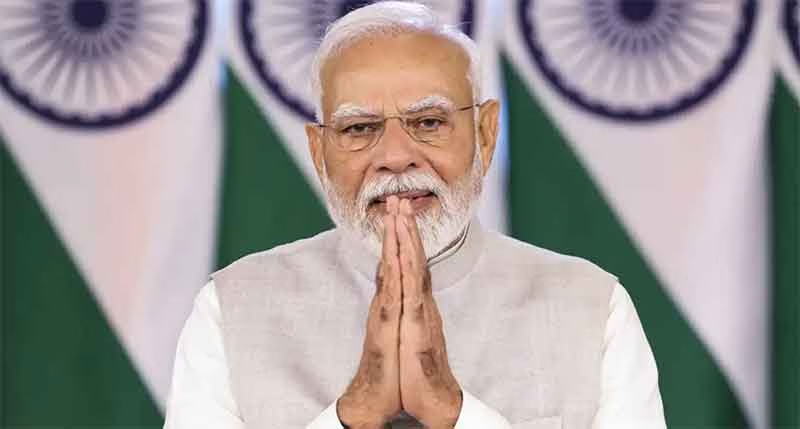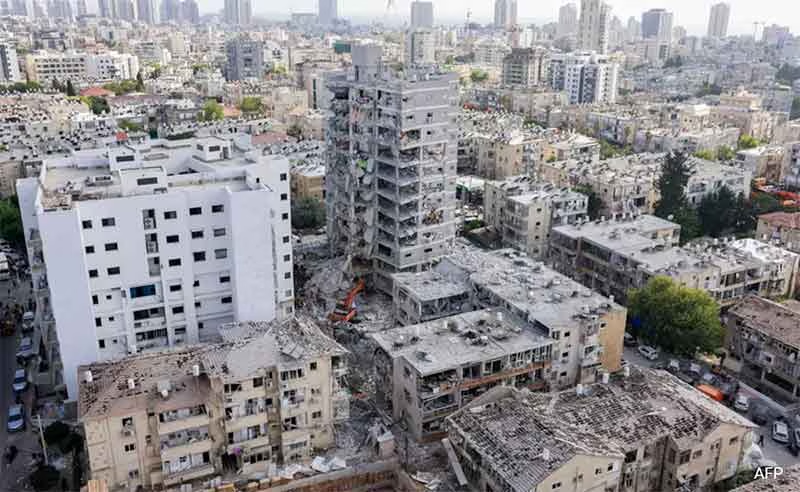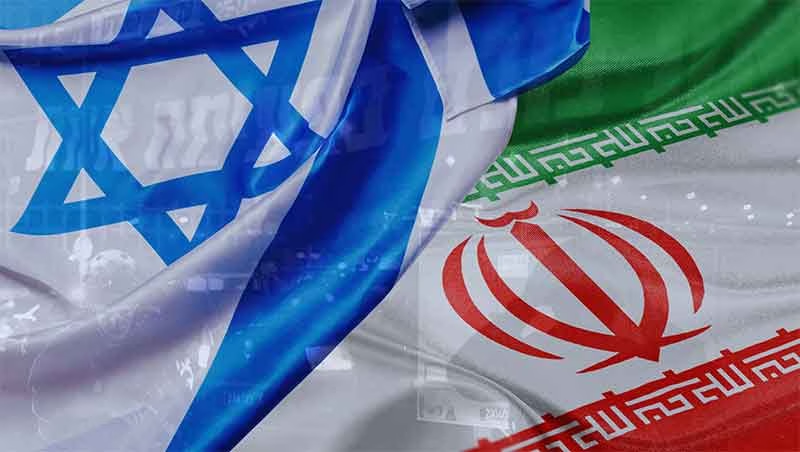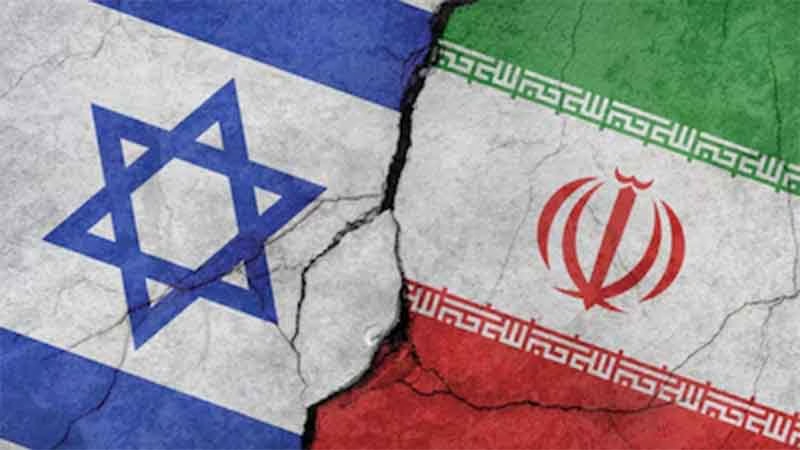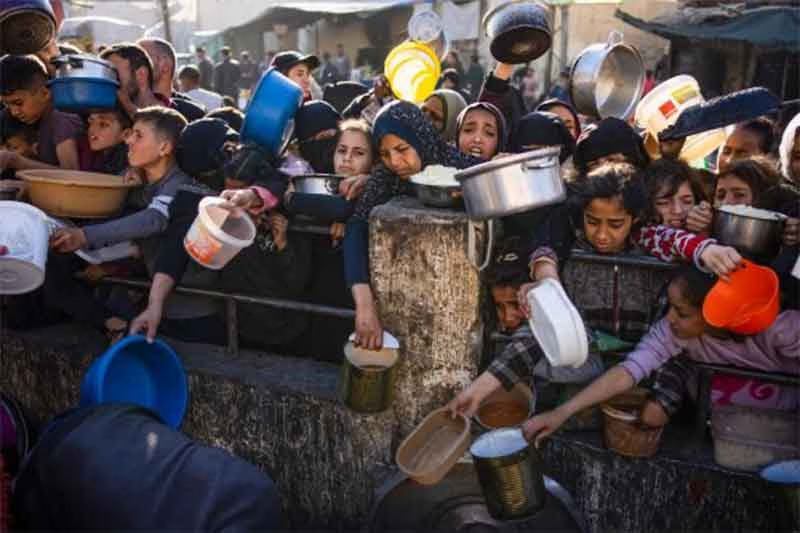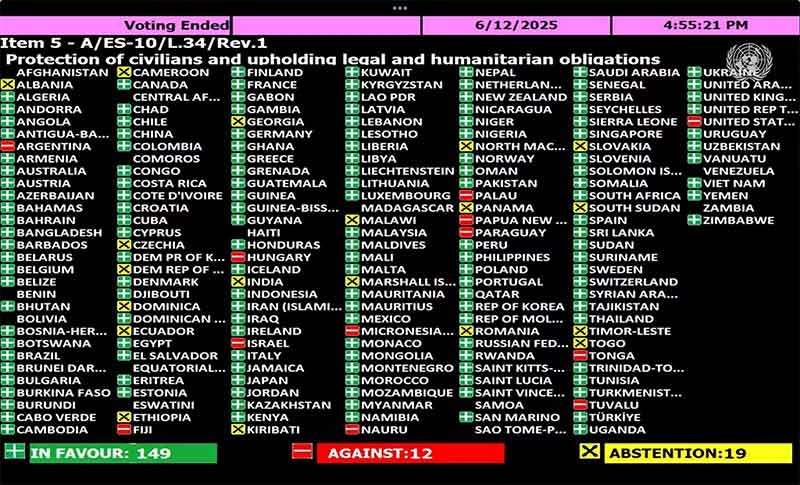
UNICEF Child Food poverty report 2024 has brought forward startling figures on child malnutrition in India. As per the report 40% of our children suffer from severe food poverty and 36% with moderate to severe food poverty. Our rank is much below even from our south Asian neighbours with Pakistan at 38%, Bangladesh 20%, Nepal 8% children suffering from severe food poverty. The seven more worse off countries than us are Somalia (63 %), Guinea (54 %), Guinea-Bissau (53 %), Afghanistan (49 %), Sierra Leone (47%), Ethiopia (46 %) and Liberia (43 %).
According to this report poverty for children means ‘they are accessing and consuming fewer than five recommended food groups. These include Vegetables, fruits, grains, protein and dairy. Those fed two or fewer food groups are in severe child food poverty; those fed three or four food groups are living in moderate child food poverty’ (1).
India’s rank in the Global Hunger Index (GHI) is 111 out of 125 countries. It may be noted that the Ministry of Women and Child Development (MoWCD) has refused to acknowledge the GHI report calling it a “flawed measure of hunger that doesn’t reflect India’s true position”. The UNICEF report is in consonance with the GHI and it has corroborated the GHI report.
The UNICEF report emphasizes that ‘the three main drivers of severe child food poverty are poor food environments, poor feeding practices and household income poverty. All stem from failures in food, health and social protection systems’.
It is the duty of government to evolve an economic structure in which every citizen gets the wage sufficient to meet his/her and family’s needs for food, housing, health, education and other several requirements to thrive. Self-earning always gives a feeling of dignity and pride in a person while depending on charity, whether by the people or from the government in the form of so called freebies, lowers ones self-esteem.
It is propagated that tax payers’ money is being wastefully diverted to the population from the low income group in the form of freebies to them. It is also being said that this section of the society does not want to work and so is enjoying the free ration and other facilities from the government. This in fact is far from the truth and insult to the poor working people who are persistently in search of jobs and means of livelihood.
As a result of the economic policies pursued by the government and because of failure to provide jobs or facilitate means of livelihood, the inequality in the population in terms of income and living standard has increased manifold, more so during the last decade. According to the Oxfam (2). India’s top 1% owned more than 40.5% of its total wealth in 2021. The top 10% of the Indian population holds 77% of the total national wealth. The number of billionaires increased from only 9 in 2000 to 101 in 2017. Today it stands at 162. Billionaires’ fortunes increased by almost 10 times over a decade. Between 2018 and 2022, India is estimated to produce 70 new millionaires every day.
In contrast many ordinary Indians are not able to access the health care they need; 6.3 crore of them are pushed into poverty because of healthcare costs every year – almost two people every second(2).
One would think the higher working hours would reflect in the wages of Indian workers. However, that’s not the case. In fact, the minimum statutory wage for Indian workers is the lowest in the world barring some African countries. According to Manya Rathore, in an article published in Statista on 14th May 2024, ‘a majority of Indian households earned between 1,25000 and 500,000 Indian rupees per year in 2021 whereas only 3% accounted for the rich households’(3).
But instead of ensuring higher wages or means of livelihood, the governments try to give subsistence wage and a few doles as charity. For example the Modi government decided to give ration worth 5 kilogram of grains, one kilogram pulses and little bit of oil. Total cost of this comes to Rs.250/- approximately. (It may be noted that even this is not in a constant supply). This is being supplied to 80 crore people which means that the government accepts that nearly 60% of our population lives in abject poverty. However as mentioned above this much ration in no way meets the nutritional requirement of a person. Child is dependent on mother’s milk alone in initial period of life. It is easy to comprehend growth problems in a child if the mother herself is poorly fed.
“India is unfortunately on a fast track to becoming a country only for the rich,” Oxfam India CEO Amitabh Behar said. “The country’s marginalised – Dalits, Adivasis, Muslims, women and informal sector workers are continuing to suffer in a system which ensures the survival of the richest”. The rich, currently, benefited from reduced corporate taxes, tax exemptions and other incentives. The corporate tax was reduced from 30% to 15% costing the exchequer Rs.1.76 akh Crores. Moreover the loans taken by the corporate sector worth Rs. 25 Lakh Crores were waived off. There has been a repeated borrowing of money from the RBI by the government to meet its expenditure.
Subscribe to Our Newsletter
Get the latest CounterCurrents updates delivered straight to your inbox.
Whereas the superrich are getting tax benefits , approximately 64% of the total goods and services tax (GST) in the country came from the bottom 50% of the population, while only 4% came from the top 10%.
A study by the World Inequality Lab points out that the gap between India’s rich and poor is now so wide that by some measures, the distribution of income in India was more equitable under British colonial rule than it is now, according to the group of economists who co-authored the study, including the renowned French economist Thomas Piketty (4).
All this is happening at a time when India wants to become “Vishawa Guru” and boasts of 7% growth claimed by the government. This growth rate is however contested by several economists including Prof. Arun Kumar who has cautioned that actual growth rate could be only around 2%.
For any nation to grow it is of utmost importance that the next generation should be healthy. It is therefore urgently needed that economic policies have to be redrafted to increase expenditure on nutrition, health and education. This would require mass movements in this present atmosphere of corporate driven economy in which vast majority has been marginalized in all spheres. We owe responsibility to our children otherwise the generations to come will not forgive us.
Dr Arun Mitra is a Practicing ENT Surgeon in Ludhiana, Punjab. He is also the President of Indian Doctors for Peace and Development (IDPD) www.idpd.org
References:



